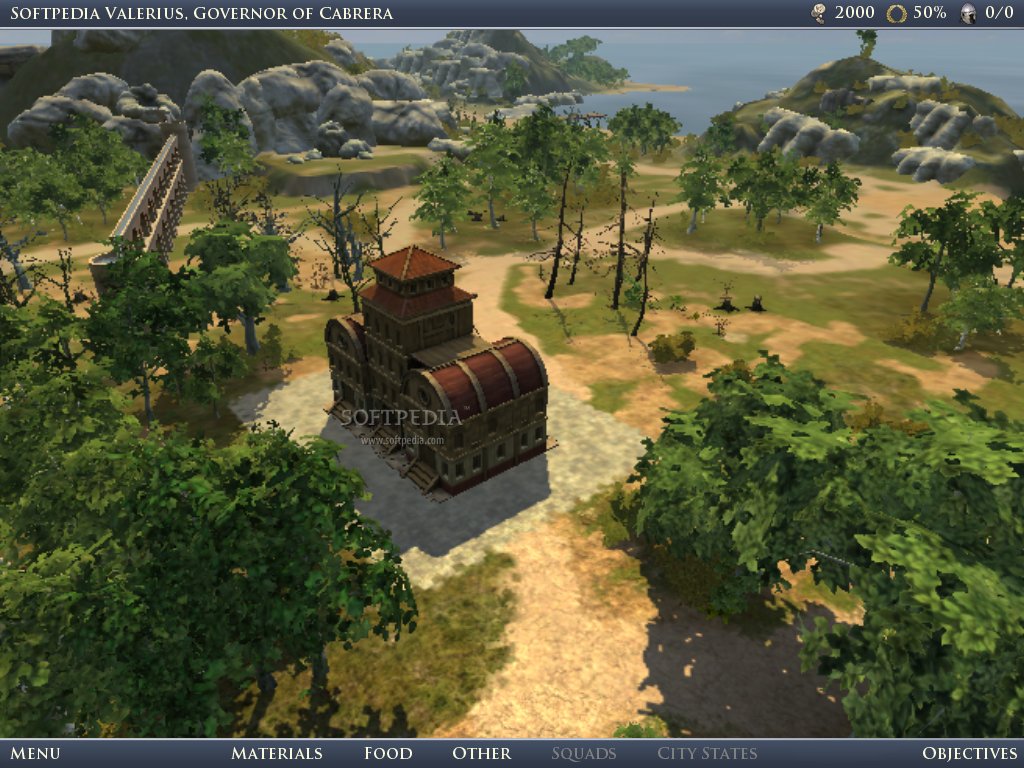


Most of the twenty-odd species of cockatoo originate east of the Wallace Line-a boundary, established in the mid-nineteenth century by Charles Darwin’s sometime collaborator Alfred Russel Wallace, that runs through both the strait separating Borneo from Sulawesi and the strait dividing Bali from Lombok. There’s a national pride in the bird: it appears on the Australian ten-dollar bill.Ĭockatoos are nonmigratory, and their native habitat is restricted to Australia, Indonesia, Papua New Guinea, the Solomon Islands, and the Philippines. In captivity, sulfur-crested cockatoos can learn to mimic human speech, and some have been known to live for more than eighty years. To some people, the cockatoo is a squawking pest that can damage a building’s timbers with its beak to others, the bird is a cherished companion. Cockatoos, a kind of parrot, are a familiar presence throughout northern and eastern Australia, where they live in parks and in wooded areas. It has mostly white feathers on its body and, atop its head, a distinctive swoosh of citrine plumage, which fans upward in moments of excitement or agitation-looking like the avian equivalent of a dyed-and-sprayed Mohawk.
#CHANGING CAMERA ANGLE GRAND AGES ROME FULL#
The sulfur-crested cockatoo is a sizable bird, about twenty inches tall when full grown. “If I hadn’t been in Australia, I wouldn’t have thought, That’s a bloody sulfur-crested cockatoo!” she told me. Moreover, without the context of her own surroundings, Dalton might not have registered the bird’s incongruity. Although the Madonna image had been reproduced at a fraction of its true size, Dalton noticed something that she well might have missed had she been peering up at the framed original: perched on the pergola, directly above a gem-encrusted crucifix on a staff, was a slender white bird with a black beak, an alert expression, and an impressive greenish-yellow crest. When Heather Dalton, a British-born historian who lives in Melbourne, Australia, took a moment to examine the painting some years ago, during her first year of study for a doctorate at the University of Melbourne, she was not in Paris but at home, leafing through a book about Mantegna. In the late eighteenth century, Napoleon’s forces looted the painting and transported it to the Louvre, where it now occupies a commanding spot in the Denon wing. A worshipper’s eye likely lingered on its lower half-where the Virgin, seated on a marble pedestal, bestows a blessing on the kneeling, armored figure of Francesco-instead of straining to discern the intricacies of its upper half, which depicts a pergola bedecked with hanging ornaments and fruited vines.

The painting, which was commissioned by the city’s ruler, Francesco II Gonzaga, was completed in 1496, and measures more than nine feet in height. “ Madonna della Vittoria,” by the Renaissance painter Andrea Mantegna, must have looked imposing when it was first installed as an altarpiece in Santa Maria della Vittoria, a small chapel in the northern-Italian city of Mantua.


 0 kommentar(er)
0 kommentar(er)
